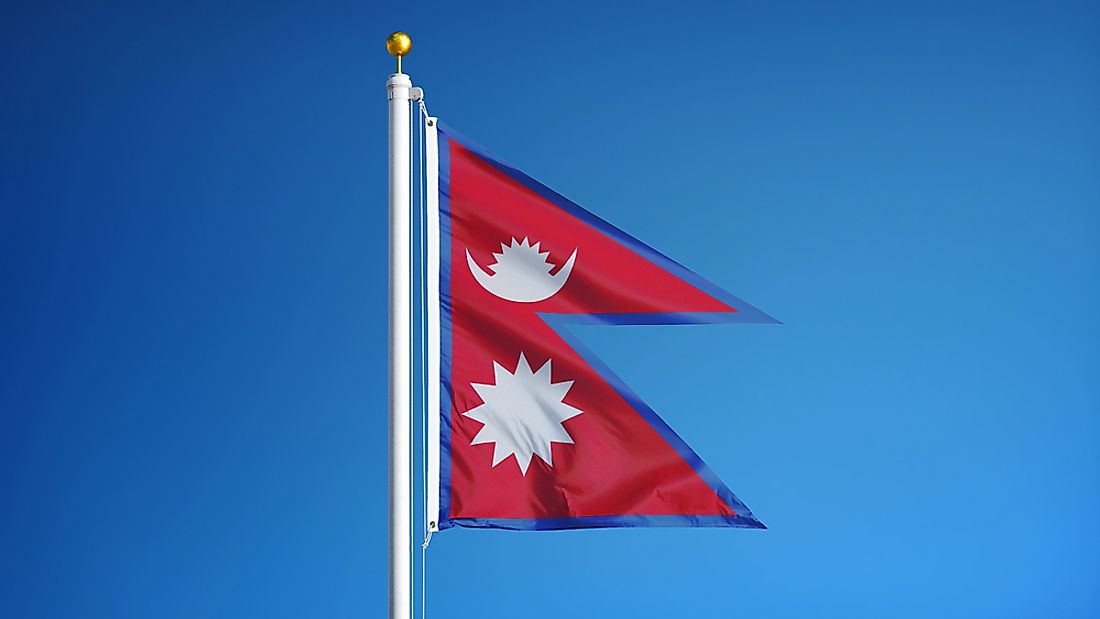What Type Of Government Does Nepal Have?

Nepal’s government became a federal democratic republic following the abolition of the monarchy in 2008 and the passing of a new constitution in 2015. The South Asian country of Nepal borders China and India. For most of its history, Nepal embraced a unitary form of government. Federalism came up as a potential solution to the nation’s regional imbalance in regards to development, unemployment, and poverty.
The President Of Nepal
The President of Nepal serves as the nation’s head of state. The institution of the presidency in Nepal was created with the declaration of the country as a Republic in 2008. Ram Baran Yadav was elected as the state’s first president. The task to elect Nepal’s president rests with an electoral college constituting the country’s parliament and members of the provincial legislatures. If either of the candidates fails to garner the majority of the delegate’s votes, a runoff pits the top two candidates until one of them gets the majority. The President of Nepal mainly executes ceremonial duties. Its executive, judicial and legislative functions are carried out on the advice of the Council of Ministers. The current president of the nation is Bidhya Devi Bhandari who was elected in 2015.
The Executive Branch Of The Government Of Nepal
Executive duties in Nepal are carried out by the Council of Ministers. The council is comprised of the prime minister, two deputy prime ministers, 24 ministers, and 14 state ministers. The prime minister is indirectly elected by parliament by political consent. The prime minister can either appoint members of the council from members of parliament or out of parliament. The executive appoints and transfers relevant officials in the country’s civil and military departments. It supervises government agencies to ensure they are running efficiently. The executive is mandated to maintain the country’s law and order and protect the nation from foreign invasion. The institution tables the budget in parliament for approval, and imposes taxes. Other duties of the executive include tabling bills in parliament, summoning and adjourning sessions of parliament, and signing foreign treaties.
The Legislative Branch Of The Government Of Nepal
The country’s 2015 constitution created two chambers of parliament. 275 members representing constituencies will sit in the House of Representatives while the National Assembly will have 59 members elected for six-year terms. The 2nd Nepalese Constituent Assembly currently executes legislative duties in the country. The Parliament successfully promulgated the new Constitution on September 20, 2015. The Nepalese government made history on October 16, 2015, by electing its first woman speaker, Onsari Gharti Magar. Women’s representation has notably increased in the assembly, a situation lauded by the global community. The assembly approves bills and represents the interest of the citizens. It also keeps the executive arm of the government accountable.
The Judicial Branch Of The Government Of Nepal
The government of Nepal has an independent judicial arm. The judicial hierarchy is headed by the Supreme Court which inspects and supervises the actions of lower courts and other judicial institutions. A network of appellate and district courts serves the country’s citizens. Special courts or tribunals are created to solve special matters. The prime minister appoints an individual to occupy the office of the Chief Justice upon advice from the Constitutional Council. The judges responsible for the Supreme Court, appellate and district courts are appointed upon advice from the Judicial Council.







